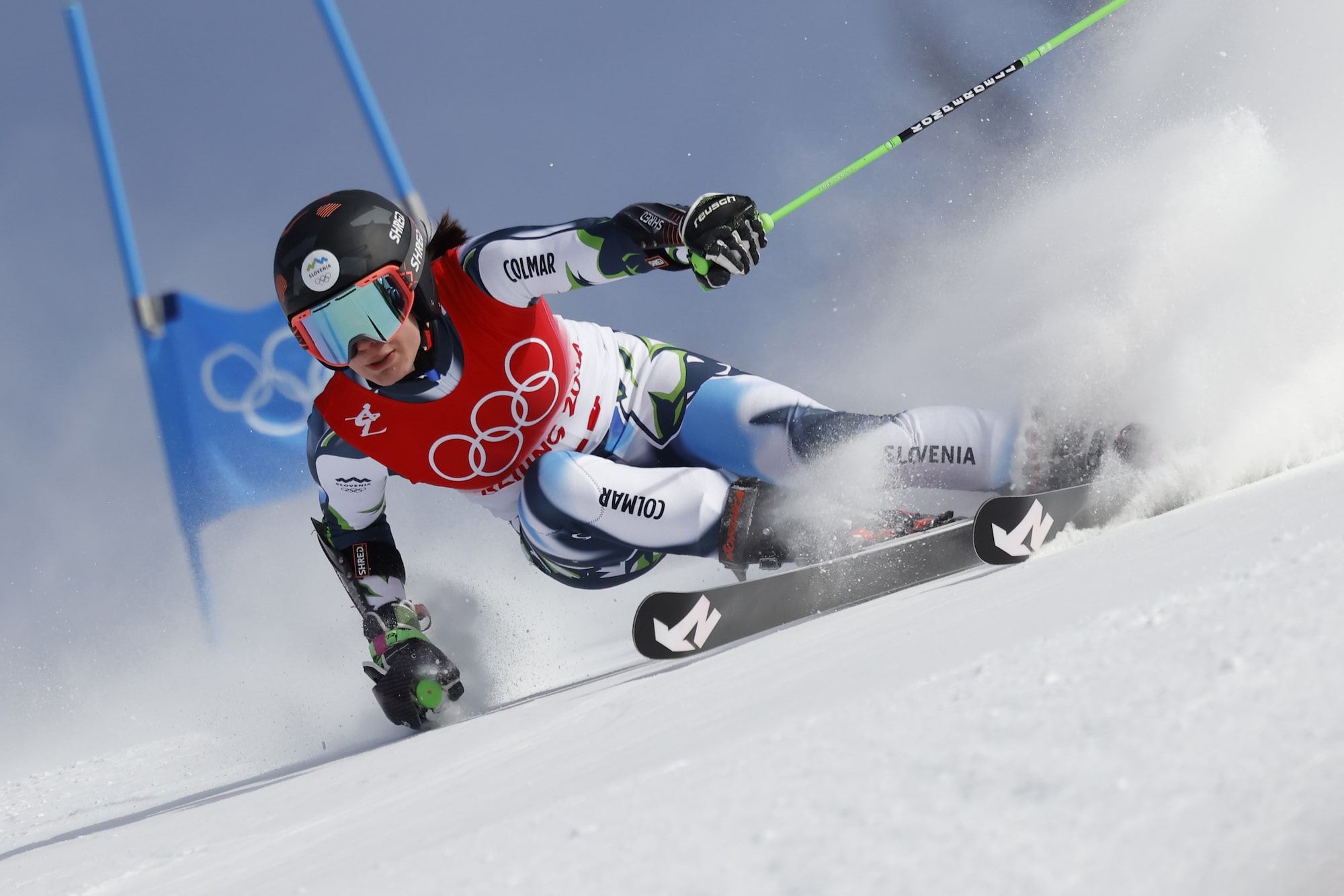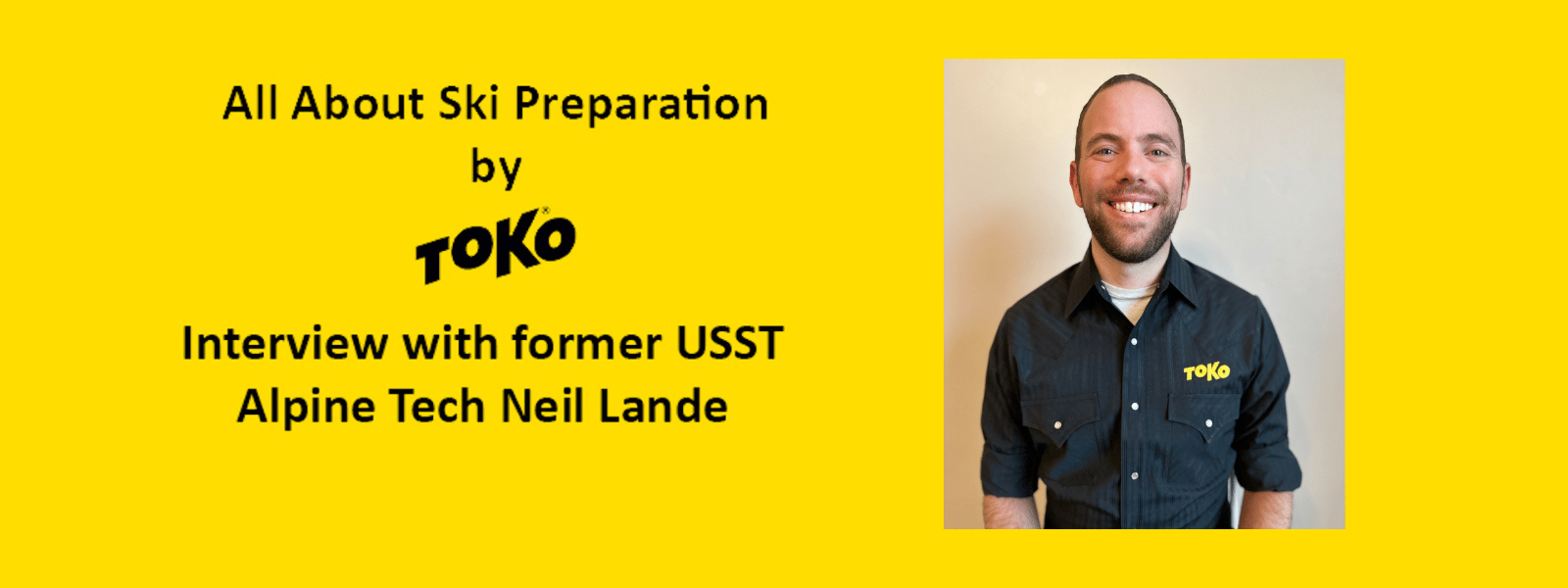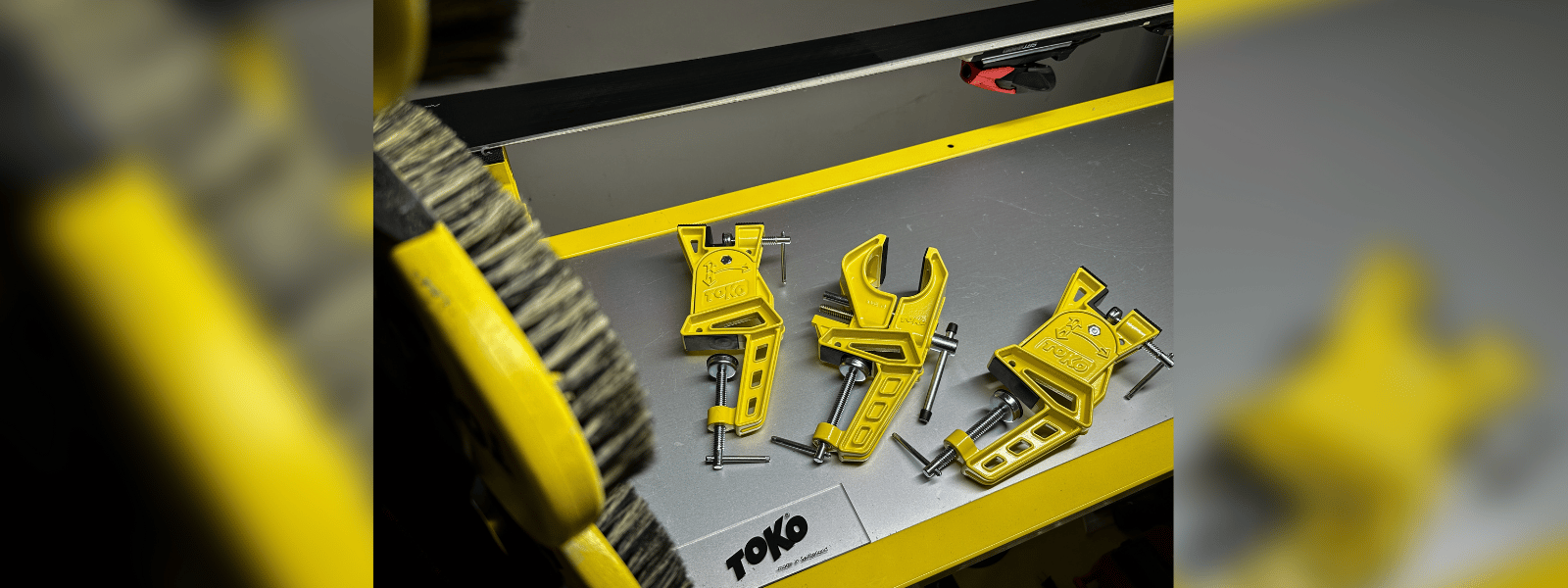Flat, Flat, Flat
I am happily guilty of doing much less to set up athletes boots than most. Often when people come in the shop for new boots, and list all the corrections they have had done in the past by other fitters, I look and listen. Then I start fresh and see what makes sense, slowly. At the end of the fitting, its most important that you are comfortable, neutral and flat. Let’s call flat ”home-base.” I also remind myself that the best racers are incredible free skiers; ones who can seamlessly put their feet wherever, whenever they need.
Still having a connection to the U.S. Ski Team and being fortunate enough to work with many athletes when they are in the region, I get to see and tweak top-level equipment regularly. As well, when teams have preparation camps and are in need of an extra service hand, I try to offer my time, and travel to on-snow projects.
Last spring, Sasha Rearick was appointed the new USST Development Head Coach role, and he has been empowered to take the raw talent of the next generation and bridge the gaps to the elite teams playground. I was invited to join the development team’s first project in Squaw Valley and asses and advise the equipment component. I logged boot set-ups and went through ski quivers to find some “baselines” that each athlete had, and once on snow, and with Sasha’s eyes, we took a look at skiing fundamentals and any equipment barriers to achieving these basic movement patterns.
Mike Rogan and Chris Krabeth, both PSIA Demo Team members for their countries, drilled and drilled the athletes with tasks that would make your knees cringe and challenged each athlete to dig deep and be overly versatile. There was a large focus on mobility. Specifically, hip and leg mobility, and more specifically femur rotation and foot steering. The hip joint is a ball and socket; needing to flex, extend, abduct and adduct, in 360 degrees. The black and white goal was to have the ability and the skill to manipulate, articulate, and intentionally activate this steering at the top of the turn to direct the ski into the turn and align the body over the feet for maximum power and balance. It is no longer just about lateral power moves and creating high edge angles at the gate. The results were athletes that could do anything at anytime with their feet and skis, as turn shape and terrain dictated.
As for boots what we found was that the majority of top regional FIS kids, who for all intents and purposes absolutely ripped, were still fighting some of their equipment, via prescribed alignment or static measurements. After the above mentioned skills were adopted, less became more in their boot set ups, and neutral or flat was actually beneficial.
The trend among stock “out of the box” race boots has changed. Not long ago, most race boots came measuring one degree out, or aggressive. Now, from almost all brands, they are coming to us at zero..but a few are still half a degree out. This has been a change driven by top athletes in development of the product, an evolvement of modern technique, and new, lighter, but more directly responsive materials. Less aggressive angles are more desirable, in favor of feel and touch.
Modern shell molding has very small and barely noticeable ankle and navicular relief; nothing blown out to cause excess collapse, but just less tension against the inside of the foot. The ankle joint likes to work in many directions. Sometimes I’ll use the word “blocked” in regards to a stiff footbed and firm liner inside a tight shell, along the medial side wall. That’s not a good thing! All on or all off does not work well on a slick surface at speed. Too much space is also not a good thing. My theory as to why so many boot fitters and racers adopted the “Bode pocket” and ultra soft footbeds, was to allow this ankle and leg mobility, yet they aggressively canted their boots out for edge response. It’s kind of counter-productive and based on a false paradox, there was just too much inefficiency going on that wasn’t driven by the pilot.
Dare I argue with Bode on set up? For sure not, but we have come back to basics. If we start fresh, with a medium density footbed, proper shell and liner sculpting for foot pressure relief, aligned cuffs for lower leg travel, and flattish (+/- half degree) boot sole angles, we can have a universally responsive boot to perform in all styles of turn and technique. I believe this is where Sasha really drove the bus. Take the equipment out of the equation and let the skiers move.
Cuff alignment, as anyone who has come into my shop knows, is a paramount critical step. Cuff alignment can significantly alter the way a boot reacts, and will hinder or promote leg tracking and rotation. Often, cuff alignment done correctly, can mitigate or cancel perceived under sole canting as the tracking of the lower leg can work within the boot instead of falsely directing it towards one edge side. The trend in camp was to bring athletes cuffs in and “free up” the touch and feel at the top of turn, but all within their anatomy.
I keep reminding myself that the best racers are incredible freeskiers. My favorite real-world anecdote is; take any of your best coaches, including our buddy Scotty Veenis, who has a very strong racing background, and watch them rip beautiful arcs on loose coaches boots and dull fat skis. He has the skills. Once the skills have been acquired and the muscle memory kicks in, he can ski without any “aids” in equipment. Sure his turns could be a bit crisper on better gear, but once you cross the line into race technique efficiency, you can overcome the crutches. The take home lesson is find a set-up that allows multiple movement patterns, a broad range of skills, and increased mobility for all skiing, and your racing will easily follow.





















